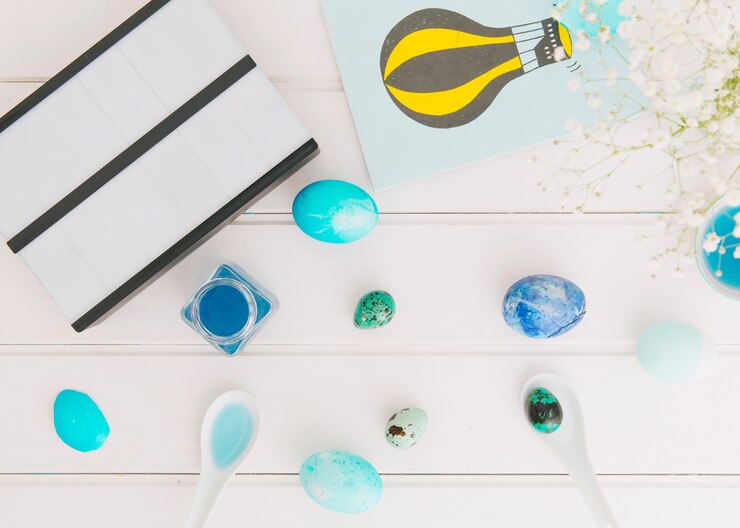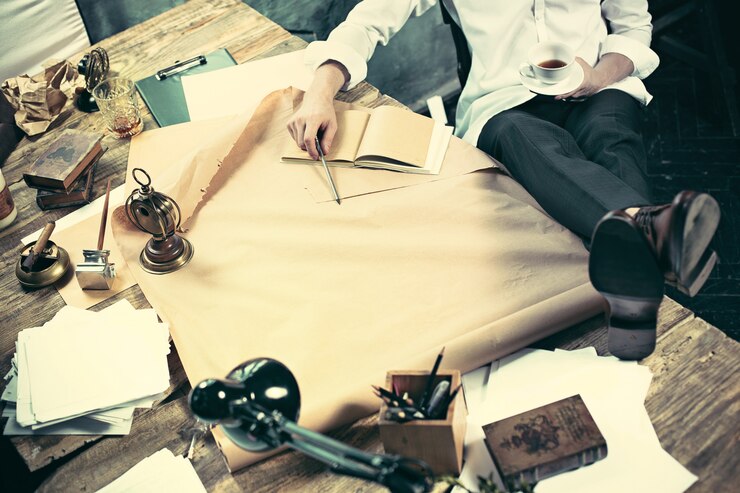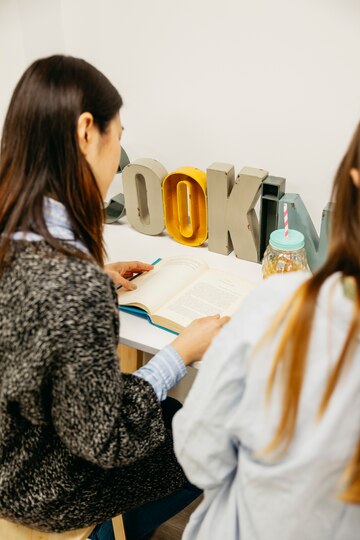Inspiration is often thought to come from grand moments or extraordinary experiences. However, some of the greatest ideas and creative breakthroughs are born from the ordinary things that surround us every day. From a simple cup of coffee to the intricate patterns on leaves, **everyday objects have the potential to inspire** us in ways we may not initially recognize.
Whether you’re an artist, writer, designer, or just someone looking to spark creativity in daily life, finding inspiration in the mundane can be a powerful exercise in imagination and mindfulness. In this article, we’ll explore how ordinary objects can fuel creativity and provide ideas for harnessing inspiration from our daily surroundings.
—
### **The Power of Observing the Everyday**
The key to finding inspiration in everyday objects lies in **observation.** Often, we move through our days on autopilot, overlooking the small details that hold beauty, functionality, or creative potential. Taking a step back and looking at objects with fresh eyes can reveal surprising sources of inspiration.
Consider how a **child’s perspective** differs from an adult’s—children find fascination in the most mundane things, whether it’s the shape of a shadow or the texture of fabric. Adopting this curious mindset can help us see the world with a renewed sense of wonder.
—
### **Examples of Everyday Objects That Inspire Creativity**
#### 1. **Nature’s Wonders**
Objects from nature, such as leaves, rocks, and clouds, provide endless inspiration. The symmetry of a flower petal or the intricate veins of a leaf can spark ideas for designs, art, and even problem-solving.
– **Designers** can find patterns in natural textures.
– **Writers** may derive metaphors from seasonal changes.
– **Photographers** can use natural light and shapes creatively.
#### 2. **Household Items**
Items we use daily, such as a spoon, chair, or mirror, can inspire new ideas when viewed differently. For example, the curvature of a spoon may influence product design, while the reflective nature of a mirror can inspire deeper self-exploration in writing or art.
– **Fashion designers** might use kitchen tools to create unique patterns.
– **Engineers** can rethink how everyday tools can be improved for functionality.
#### 3. **Architecture and Urban Landscapes**
Buildings, streets, and public spaces can inspire ideas for structure, organization, and aesthetics. The blend of colors, materials, and lines found in cities can be a rich source of inspiration for creative projects.
– **Interior designers** can take inspiration from city layouts.
– **Writers** might draw stories from the layers of history in old buildings.
#### 4. **Music and Sound**
The rhythmic ticking of a clock, the rustling of leaves, or the hum of household appliances can inspire musical compositions or influence creative writing with rhythmic patterns.
– **Musicians** can incorporate everyday sounds into compositions.
– **Poets** might be inspired by the repetitive beats of daily life.
#### 5. **Technology and Gadgets**
We interact with devices like smartphones, remote controls, and computers every day. Their sleek designs, functionality, and even imperfections can serve as a springboard for new ideas in user experience, product innovation, and aesthetics.
– **App developers** might be inspired by the intuitive design of simple tools.
– **Graphic designers** can explore how everyday UI influences visual trends.
—
### **Ways to Draw Inspiration from Everyday Objects**
If you’re looking to tap into the creative potential of the objects around you, try these techniques:
#### 1. **Practice Mindfulness**
Slow down and pay attention to the details of objects around you. Notice their colors, textures, and forms. Engaging in mindful observation can help spark new ideas.
#### 2. **Journaling and Sketching**
Keep a creative journal where you jot down ideas inspired by objects. Drawing or writing down observations can lead to unexpected connections and insights.
#### 3. **Photography as a Creative Tool**
Taking photos of everyday objects from different angles and perspectives can help you see them in a new light and inspire creative projects.
#### 4. **Change Your Environment**
Sometimes, shifting your routine and exploring new places—whether it’s rearranging your room or visiting a new café—can introduce fresh objects and ideas into your creative process.
#### 5. **Ask “What If?”**
Challenge yourself to reimagine objects by asking questions such as, “What if this chair was made of paper?” or “What if a coffee cup could tell a story?”
—
### **Famous Examples of Inspiration from Everyday Objects**
Many famous inventors, artists, and designers have drawn inspiration from ordinary objects:
– **Leonardo da Vinci** studied birds in flight to develop his sketches of flying machines.
– **Coco Chanel** found inspiration for her designs in military uniforms and men’s clothing.
– **Steve Jobs** drew inspiration from calligraphy and Zen aesthetics in designing Apple products.
– **J.K. Rowling** was inspired by a train journey to create the entire world of Harry Potter.
These examples show that sometimes, the simplest of objects or experiences can trigger groundbreaking ideas.
—
### **Conclusion**
Inspiration doesn’t always come from extraordinary places; sometimes, it’s hidden in plain sight—waiting in the folds of fabric, the lines of a book, or the shapes of shadows cast by a lamp. By developing a deeper appreciation for the everyday, we can cultivate a mindset of continuous creativity and innovation.
The next time you feel stuck, look around—your inspiration might just be sitting right in front of you.
—
**Keywords:** Everyday Inspiration, Creativity in Daily Life, Observing the Ordinary, Creative Thinking, Finding Inspiration, Art in Everyday Objects, Mindful Observation, Creative Process, DIY Creativity.



